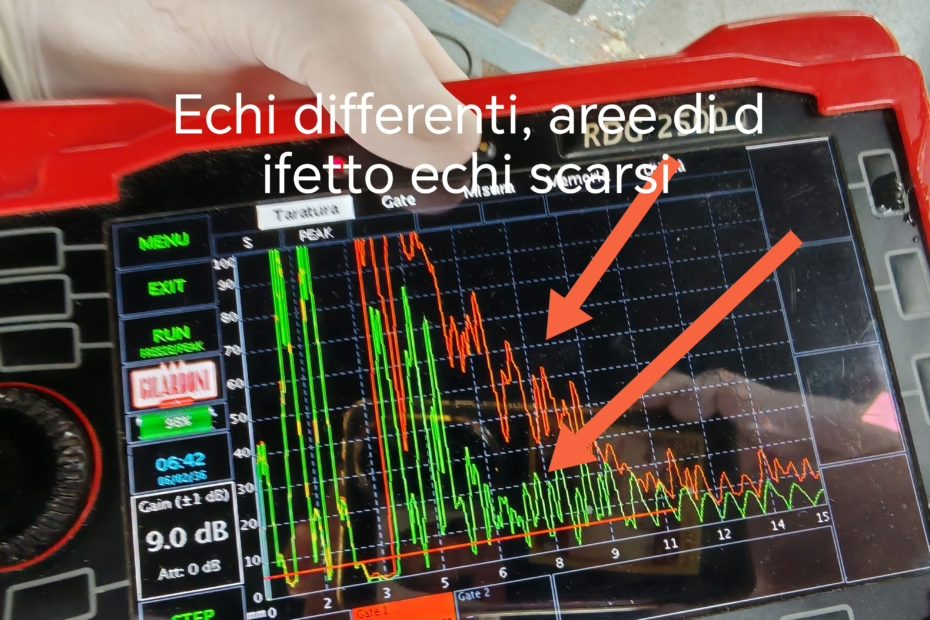Characteristics of Fiberglass in Marine and Structural Applications
Fiberglass is a composite material made of glass fibers impregnated with polyester or polyuretan resin. In the marine sector, this material is valued for its ability to produce lightweight, robust hulls and structures with smooth, waterproof surfaces. Its main features include:
- Mechanical resistance: provides good tensile, compressive, and flexural strength, making it suitable for hulls, load-bearing structures, and internal components.
- Design flexibility: allows for the creation of complex and customized shapes, ideal for various types of boats.
- Waterproofness: properly laminated fiberglass is highly resistant to water, reducing the risk of leaks and damage from moisture.
- Lightweight: compared to other metallic materials, fiberglass ensures reduced weight, improving vessel performance and energy efficiency.
Deterioration of Fiberglass After Years of Use
Over time and exposure to marine environmental conditions, fiberglass can undergo deterioration that compromises its structural integrity. This decay can be accelerated by:
- UV exposure: ultraviolet light degrades the resin matrix, making the material more brittle.
- Repeated cycles of humidity and dryness: water infiltration can cause swelling, bubbling, or cracking.
- Repetitive stresses and structural loads: lead to reduced resistance and an increased risk of cracks or failure.
- Accidental damage: collisions or impacts can create localized damages that worsen over time if not detected and repaired.
The result may be a significant reduction in the material’s structural capacity, increasing the risk of critical failures at sea.
Thickness Measurement vs. Ultrasound Inspection
Assessing the condition of fiberglass can be done using two main methods:
- Thickness measurement: involves using a same instrument and same gauge but to measure the thickness of the fiberglass laminate. It is a simple, quick, and cost-effective technique, ideal for initial screening or comparisons between different areas. However, it has limitations: it can provide imprecise readings on uneven surfaces or layered structures and does not allow for internal damage assessment or evaluation of the material’s internal quality.
- Ultrasound inspection: a more advanced non-destructive technique that uses high-frequency sound waves to penetrate the material and detect internal anomalies, such as poor adhesion, air bubbles, or areas of deterioration. It enables a detailed evaluation of the actual condition of the composite, including hidden cracks or zones of lost resistance beneath the surface.
Conclusion
For an accurate assessment of fiberglass status, especially on older vessels or those exposed to harsh conditions, it is advisable to complement simple thickness measurements with ultrasound tests. This approach provides a more comprehensive and reliable diagnosis, helping to determine where and when intervention is necessary to ensure the safety and durability of fiberglass structures over time.
